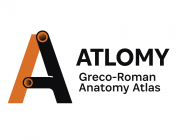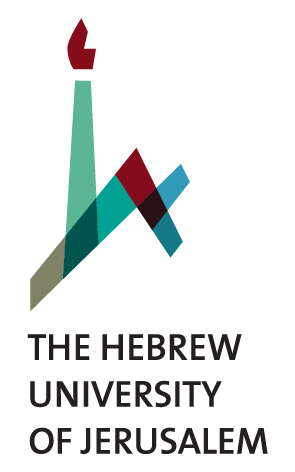Our research involves two kinds of dissections. First, research dissections in which we dissect and observe the body in order to attempt to answer research questions or ambiguities arising from the text concernign particular anatomicald details described by our authors. For instance, passages in the cardiac septum, a cavity b etween the windpipe and the heart, or similarity between human and canine/porcine digestive parts. A second type of dissection is re-enactments of Galen’s dissections according to his detailed instructions in his treatise “Anatomical Procedures”.
etween the windpipe and the heart, or similarity between human and canine/porcine digestive parts. A second type of dissection is re-enactments of Galen’s dissections according to his detailed instructions in his treatise “Anatomical Procedures”.
For the research dissections, the anatomy experts write the dissection manual for the lab observations together with the classicists according to the interpretive questions arising from the ancient texts and bearing in mind the practical approach to different parts (e.g. order of cutting parts so as not distort required evidence). The manual includes, for example, instructions for exposing and observing parts, indication of pauses for posing and answering explicit interpretive and observational questions with textual references included and room for notes. You can see an excerpt of our unique interdisciplinary manual by clicking the link below.
We have performed a dissection of the thorax and abdomen of a medium-size dog to explore Aristotle’s ideas of the chest c avity and respiratory and digestive organs as well as the ideas of Aristotle’s, Galen’s and of the Hippocratic author of “Heart” concerning the heart. This work helped us answer open questions on these ideas. We documented our findings by numbered images and video footage and by recorded audio notes. We used portable 3D scanners to document organs in 3D. We have incorporated some of these insights into the models and model pages of the atlas, and discuss them too in forthcoming articles.
avity and respiratory and digestive organs as well as the ideas of Aristotle’s, Galen’s and of the Hippocratic author of “Heart” concerning the heart. This work helped us answer open questions on these ideas. We documented our findings by numbered images and video footage and by recorded audio notes. We used portable 3D scanners to document organs in 3D. We have incorporated some of these insights into the models and model pages of the atlas, and discuss them too in forthcoming articles.
We are currently preparing manuals for re-enactments of Galen’s dissections, which we will perform on pigs. The first will be of the abdominal muscles and peritoneum (Galen, Anatomical Procedures, V.7, VI.5-7) and the second of the hindlilmb (Galen, Anatomical Procedures II.4-10). For these the classicists and anatomy experts are working together to decipher and rewrite Galen’s instructions into a practical manual.
The research plan and methods have been approved by the strict ethical screening of the European Research Council.
| Excerpt from manual.pdf | 122 KB |


